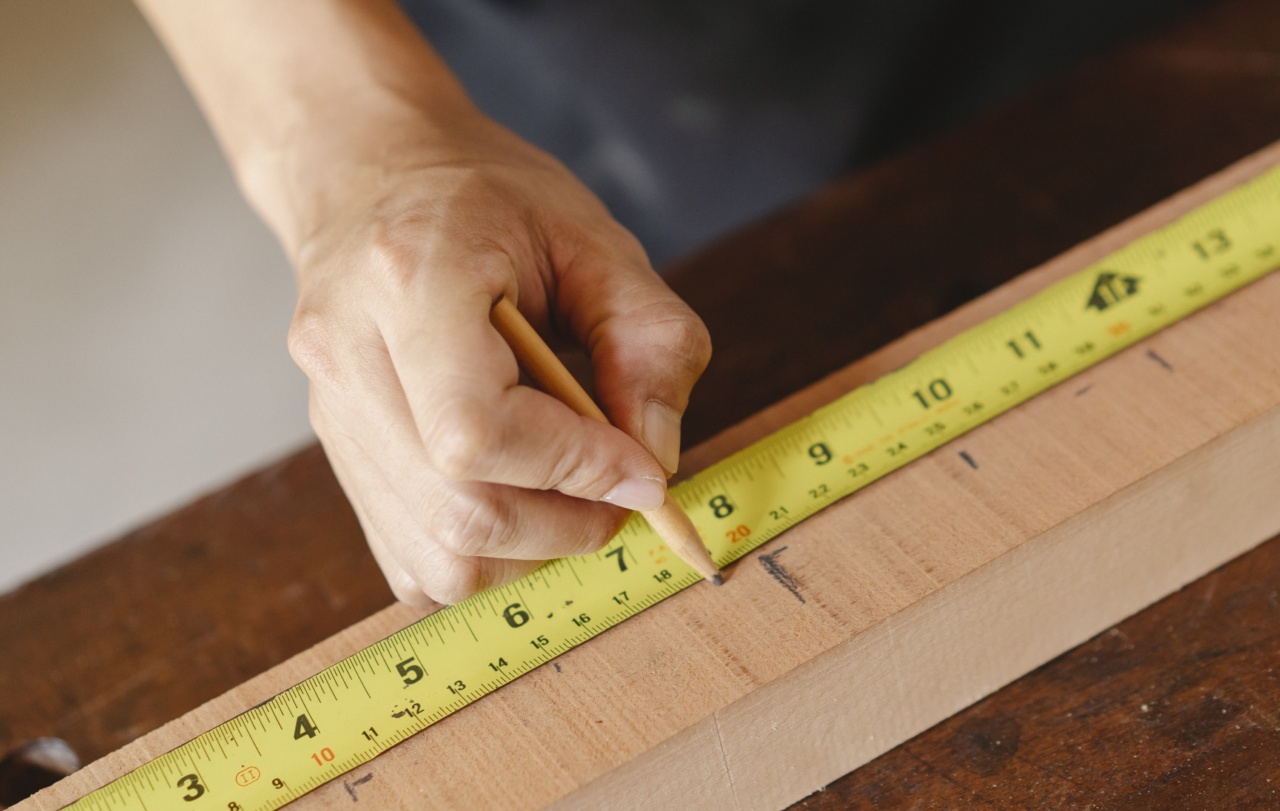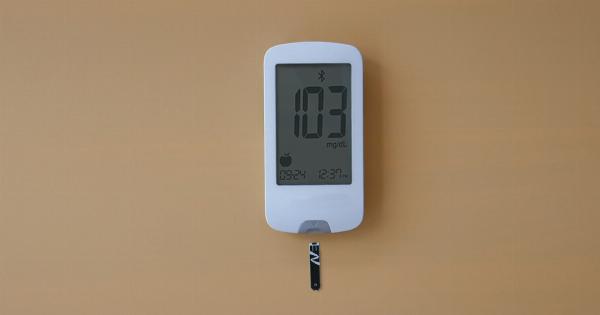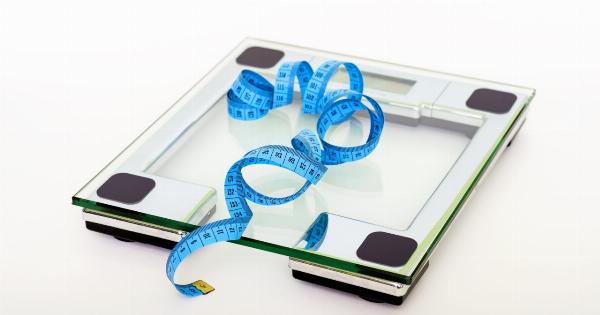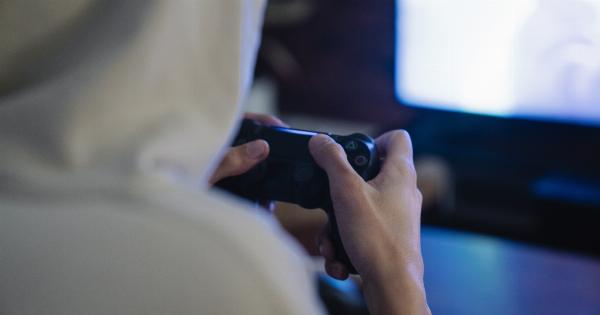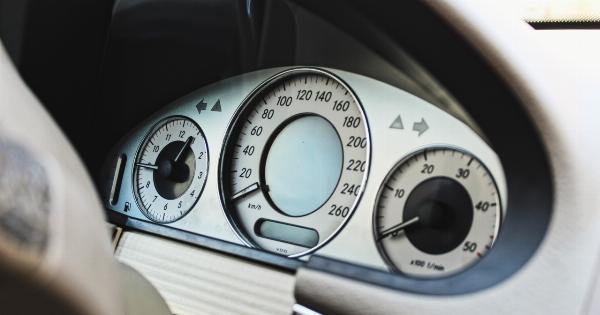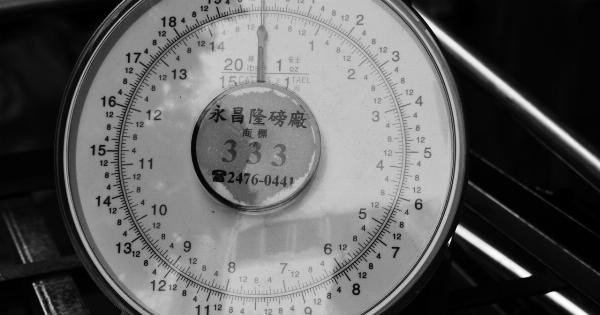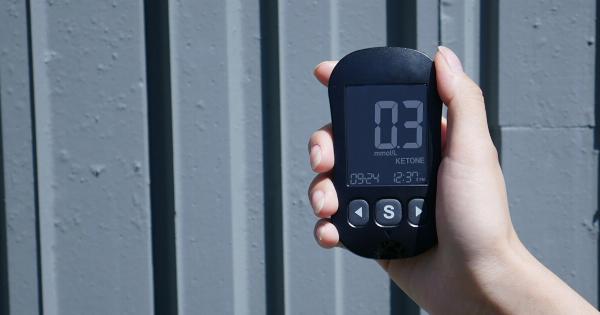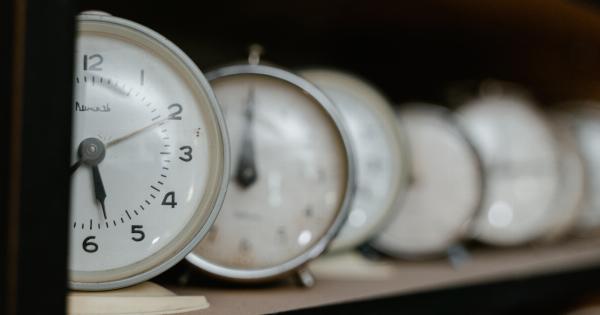When it comes to monitoring your overall health, blood pressure measurement plays a critical role. High blood pressure, also known as hypertension, is a common condition that affects millions of people worldwide.
Consistently high blood pressure levels can lead to serious health complications such as heart disease, stroke, and kidney problems. To accurately measure your blood pressure at home or at the doctor’s office, here are 7 important tips to keep in mind:.
1. Choose the Right Equipment
Accurate blood pressure measurements heavily rely on quality equipment. When purchasing a blood pressure monitor for home use, opt for a validated device that has been tested and recognized for its accuracy.
Choose between an aneroid monitor with a dial gauge and a cuff or a digital monitor with an automatic cuff. Both types can provide accurate readings when used correctly.
2. Understand the Different Types of Blood Pressure Monitors
There are three main types of blood pressure monitors available:.
a. Upper Arm Monitors: These are the most common and accurate monitors, usually used in healthcare settings. They are also suitable for home use, providing reliable readings with proper placement of the cuff at the level of the heart.
b. Wrist Monitors: These monitors are more portable and convenient but tend to be less accurate. They are best used when an upper arm cuff is uncomfortable due to a larger arm size or mobility issues.
However, it’s important to follow the manufacturer’s instructions closely for optimal results.
c. Finger Monitors: While finger monitors are easy to use, they are least recommended due to their low accuracy.
These devices may be suitable for a quick estimate of blood pressure, but they cannot replace the accuracy of upper arm monitors for regular monitoring.
3. Prepare for an Accurate Measurement
Prior to taking your blood pressure, ensure you have prepared yourself for an accurate reading:.
a. Relax: Sit quietly for at least 5 minutes before the measurement to allow your body to calm down. Avoid any strenuous activities, smoking, or consuming caffeine as they can temporarily elevate your blood pressure.
b. Empty Bladder: An empty bladder provides a more accurate reading, so it is recommended to visit the restroom before measuring your blood pressure.
c. Comfortable Position: Sit up straight in a comfortable chair with your feet flat on the floor, legs uncrossed, and your back supported. Avoid crossing your legs or arms during the measurement as it can affect the reading.
4. Proper Placement of the Cuff
The placement of the blood pressure cuff is crucial for accurate measurements. When using an upper arm cuff, remember:.
a. Cuff Size: Use the correct cuff size that fits your upper arm. Using an incorrectly sized cuff can lead to inaccurate readings. The cuff should cover approximately 80% of your upper arm’s circumference and be placed directly above the elbow.
b. Positioning: Position the cuff at heart level. You can support your arm with a table or armrest to ensure the cuff is at the correct height. Improper positioning can lead to higher or lower readings than your actual blood pressure.
5. Take Multiple Measurements
Blood pressure can fluctuate throughout the day, so taking multiple measurements can provide a clearer picture of your overall blood pressure levels. Follow these guidelines for accurate results:.
a. Relax Between Measurements: Allow a gap of at least 1-2 minutes between measurements to ensure your blood vessels have time to relax. Taking consecutive measurements too quickly may lead to artificially higher readings.
b. Take Measurements at Different Times: Measure your blood pressure at various times during the day to assess any fluctuations. Morning and evening readings are particularly important and can provide valuable information.
6. Keep a Record of Your Measurements
Maintaining a record of your blood pressure measurements is essential for both you and your healthcare provider. Keeping a log can help identify any patterns or trends, aiding in the diagnosis and management of your blood pressure.
Consider noting the date, time, and any relevant factors such as physical activity, stress levels, or medication changes.
7. Regularly Check Your Monitor’s Accuracy
Over time, the accuracy of your blood pressure monitor can decline. To ensure precise measurements, it is advisable to have your monitor checked against a validated device at least once a year.
This validation can be performed by your healthcare provider or at a local pharmacy, where accurate devices are often available for comparison.
